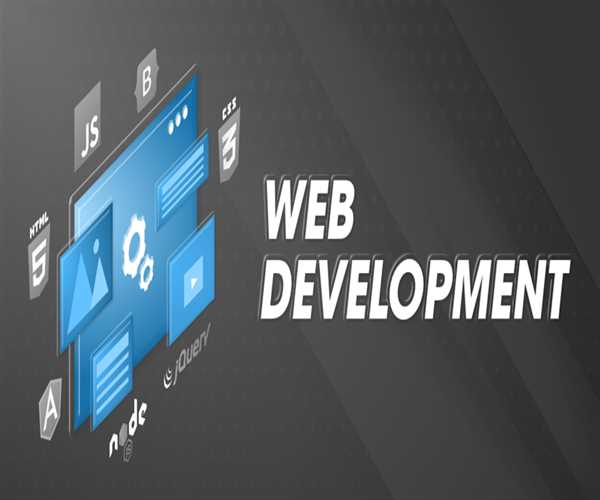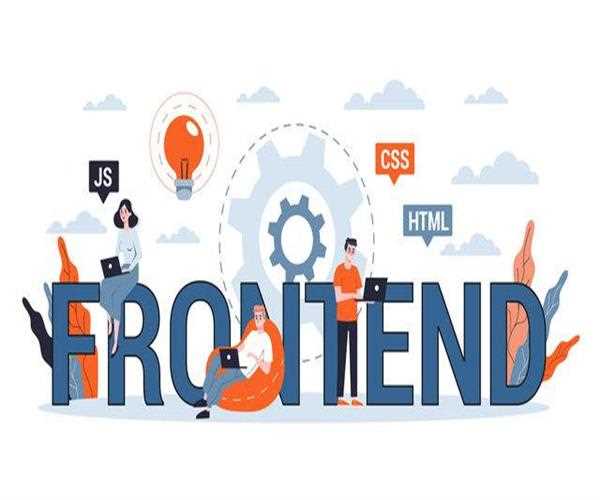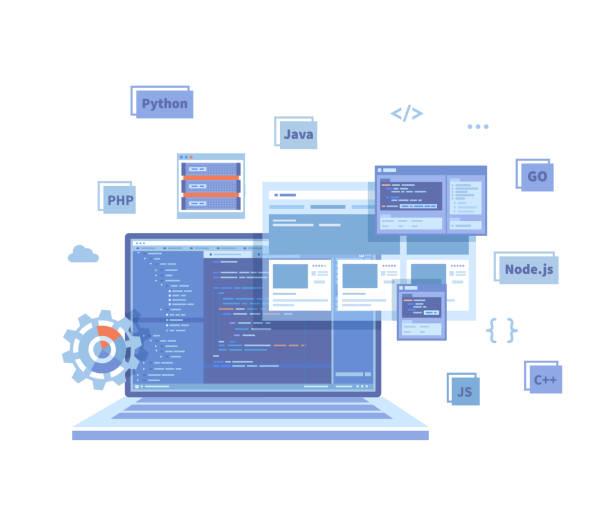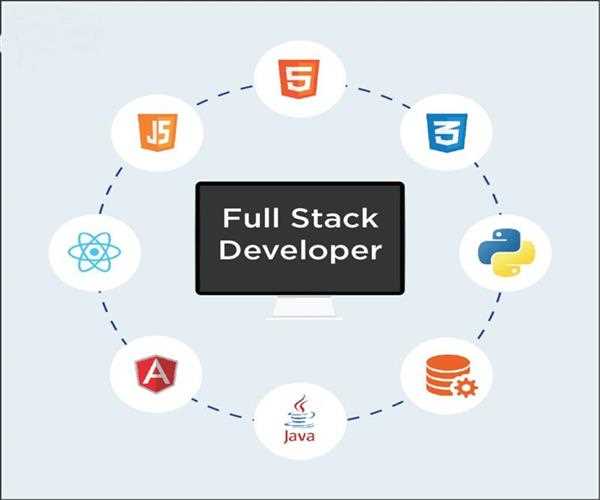
29-May-2023 , Updated on 5/29/2023 5:49:42 AM
Introduction to web development, technologies, tools and frameworks
Web development is a rapidly evolving field that encompasses the creation and maintenance of websites and web applications. In today's digital age, having a strong online presence is crucial for businesses, organizations, and individuals alike. Whether you're looking to build a personal blog, an e-commerce platform, or a complex web application, understanding the technologies, tools, and frameworks involved in web development is essential. In this view, we'll provide an overview of the key components of web development and explore the various technologies, tools, and frameworks that developers use to create dynamic and engaging websites.
Front-End Development
Front-end development focuses on the user-facing aspects of a website or web application. It involves designing and implementing the user interface and user experience (UI/UX). Key technologies and tools used in front-end development include:

Like HTML, CSS, JavaScript, Front-End Frameworks, etc.
- HTML (Hypertext Markup Language) - HTML is the standard markup language used for creating web pages. It provides the structure and content of a webpage.
- CSS (Cascading Style Sheets) - CSS is used to define the visual presentation of a webpage. It allows developers to control the layout, colors, fonts, and other visual aspects.
- JavaScript - JavaScript is a powerful programming language that adds interactivity and dynamic behavior to web pages. It enables developers to create interactive features like form validation, animations, and real-time updates.
- Front-End Frameworks - Frameworks like React, Angular, and Vue.js provide developers with pre-built components and libraries that simplify the development process and enhance efficiency.
Back-End Development
Back-end development focuses on the server side of web development. It involves building the logic and functionality that powers the website or web application. Key technologies and tools used in back-end development include:

- Server-Side Languages: Languages like Python, Ruby, PHP, and Node.js are commonly used for back-end development. They handle server-side processing, database interactions, and business logic implementation.
- Databases: Databases are used to store and retrieve data for web applications. Popular databases include MySQL, PostgreSQL, MongoDB, and Redis.
- APIs (Application Programming Interfaces): APIs allow different software systems to communicate with each other. They are essential for integrating third-party services, accessing data from external sources, and building scalable applications.
- Frameworks: Frameworks like Ruby on Rails, Django, Laravel, and Express.js provide a structured approach to back-end development, offering libraries, templates, and tools to streamline the process.
Full-Stack Development
Full-stack development involves working on both the front-end and back-end of a web application. Full-stack developers have a broad understanding of all layers of web development and can handle both client-side and server-side programming. They are proficient in front-end technologies, back-end technologies, and the integration of these components.

Content Management Systems (CMS):
Content Management Systems are software platforms that simplify website creation and management. They provide pre-built templates, themes, and plugins that allow users to create and customize websites without extensive coding knowledge. Examples of popular CMS platforms include WordPress, Joomla, and Drupal.
Version Control Systems:
Version control systems like Git are essential tools for web developers. They track changes to code and enable collaboration among team members. Version control systems allow developers to manage code repositories, branch, and merge code, and revert to previous versions if needed.
DevOps and Deployment:
DevOps involves combining development and operations practices to streamline the software development lifecycle. It encompasses processes like continuous integration, continuous delivery, and automated deployment. Tools like Jenkins, Docker, and Kubernetes are commonly used in DevOps workflows to automate tasks and ensure efficient deployment and scalability of web applications.
Mobile-First Development:
As mobile usage continues to grow, mobile-first development has become crucial. Mobile-first development involves designing and developing websites and web applications with a primary focus on mobile devices. It involves creating responsive designs that adapt to different screen sizes and optimizing performance for mobile users. Technologies like CSS media queries, responsive frameworks like Bootstrap, and progressive web apps (PWAs) are utilized to ensure a seamless and engaging mobile experience.
Testing and Debugging:
Testing and debugging are critical phases in web development to ensure the quality and functionality of the website or web application. Various testing techniques and tools are employed, including unit testing, integration testing, and end-to-end testing. Tools like Selenium, Jest, and Mocha aid in automating testing processes and identifying and fixing bugs.
Performance Optimization:
Optimizing the performance of a website is vital for providing a fast and smooth user experience. Techniques such as minimizing file sizes, optimizing images, using content delivery networks (CDNs), and employing caching mechanisms are employed to enhance website speed and performance. Tools like Google PageSpeed Insights and GTmetrix help in analyzing and improving website performance.
Continuous Learning and Growth:
Web development is a constantly evolving field, with new technologies, tools, and frameworks emerging regularly. Staying updated with the latest trends, attending web development conferences, participating in online communities, and continuously learning new skills are essential for web developers to stay competitive and deliver innovative solutions.
Web development encompasses a wide range of technologies, tools, and frameworks that are used to create dynamic and engaging websites and web applications. Front-end development focuses on user-facing aspects, while back-end development deals with server-side logic and functionality. Full-stack development combines both front-end and back-end skills. Content Management Systems, version control systems, DevOps tools, and mobile-first development techniques play significant roles in the web development process. Testing, performance optimization, and security are vital considerations for delivering high-quality web solutions. As the field of web development continues to evolve, it is crucial for developers to stay updated, embrace new technologies, and foster continuous learning to create innovative and successful web projects.

Student
Economics can be broken down into microeconomics, which looks at individual decisions, and macroeconomics, which is concerned with the economy as a whole. Both types of economics utilize historical trends and current conditions to inform business decision-making and make predictions about how markets might behave in the future. Students who choose to study economics not only gain the skills needed to understand complex markets but come away with strong analytical and problem-solving skills.
Join Our Newsletter
Subscribe to our newsletter to receive emails about new views posts, releases and updates.
Copyright 2010 - 2026 MindStick Software Pvt. Ltd. All Rights Reserved Privacy Policy | Terms & Conditions | Cookie Policy